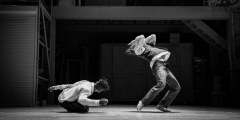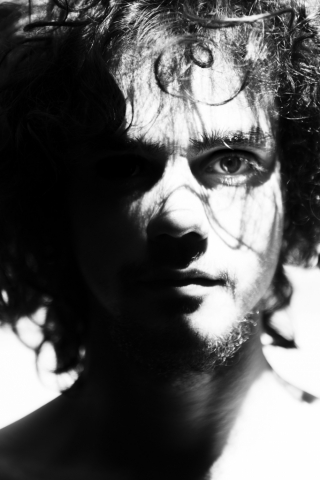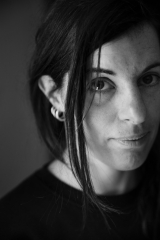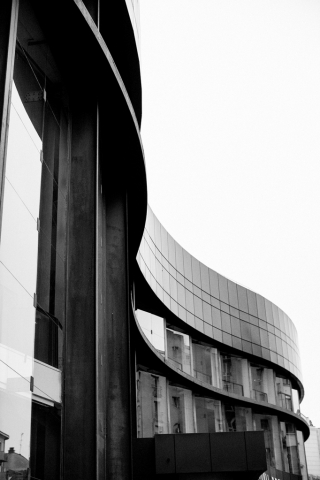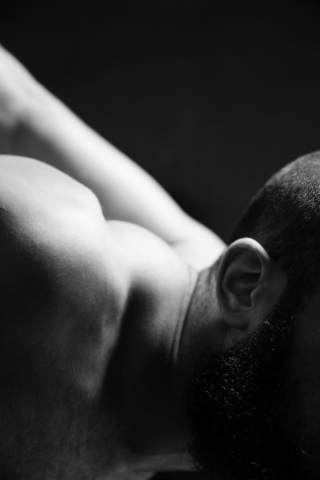Project /
Vlaemsch (chez moi)
With Vlaemsch (chez moi), Sidi Larbi Cherkaoui wants to enter into a direct confrontation with the Flemish roots he has inherited from his mother's side. As the child of a Flemish mother and a Moroccan father, from an early age he developed a crossroads identity that would also determine his choreographic oeuvre. Cherkaoui walks the grey zone between local anchoring and intercultural dialogue. His work cannot therefore be pinned down to a specific region, but it does open up the borders to let other worlds in. De Munt, Eastman and KVS joined forces and chose to have the premiere in Brussels. A conscious choice, made in the context of Troika.
Vlaemsch - not coincidentally in a 'wrong', old spelling - is a reminder that language too is a product of its own time. The piece opens the door to a mythical past that nevertheless departs from concrete objects and figures. The stage serves as a memory place where past, present and future meet. Movement becomes a form of memory work in which the roots of a personal, intimate Flemish identity are dug up, uprooted and rearranged.
For this production, Sidi Larbi Cherkaoui works together with visual artist Hans Op de Beeck, musician Floris De Rycker and costume designer Jan-Jan Van Essche. Four contemporary Flemish makers who together explore the role of their shared origin in their artistic signature. The visual work of Hans Op de Beeck is known for its ingenious play with grey values. The greyish Flanders that can be read from the landscape, weather and architecture is given a visual translation. Together with his music ensemble Ratas del Viejo Mundo (literally translated as 'rats of the old world'), Floris De Rycker usually explores the sound colours of polyphonic music composed before 1600. As a lute player, he discovered how Arabic musical culture has been decisive for Western music, although that line of influence is often erased from music history. For his fashion designs, Jan-Jan Van Essche is inspired by different cultures with special attention for sustainable, local production. His clothing lines do not follow the rhythm of the seasons, but rather the stratification of the individual.
Opposite to the Flemish profile of the artistic team, Cherkaoui places a group of international performers. Their origin covers all corners of a world in conflict with itself: Japan, America, Russia, Ukraine, Congo, Canada, Germany, Israel and so on. The cross movement between West and East or North and South is characteristic of Cherkaoui's choreographic oeuvre. With Vlaemsch, he continues this movement, but chooses a different point of departure. He reaches out a hand to the dancers to enter the mythical universe of so-called Flemish culture. The aim is not to impose supposed Flemish values on them, but rather to look for a form of cultural contamination. How can each person share his or her culture with the other without immediately falling into the trap of annexation or unlawful appropriation. Are we safe with each other? Vlaemsch wants to enter precisely into this tangle of cultural roots, which have numerous political, social and economic ramifications.
